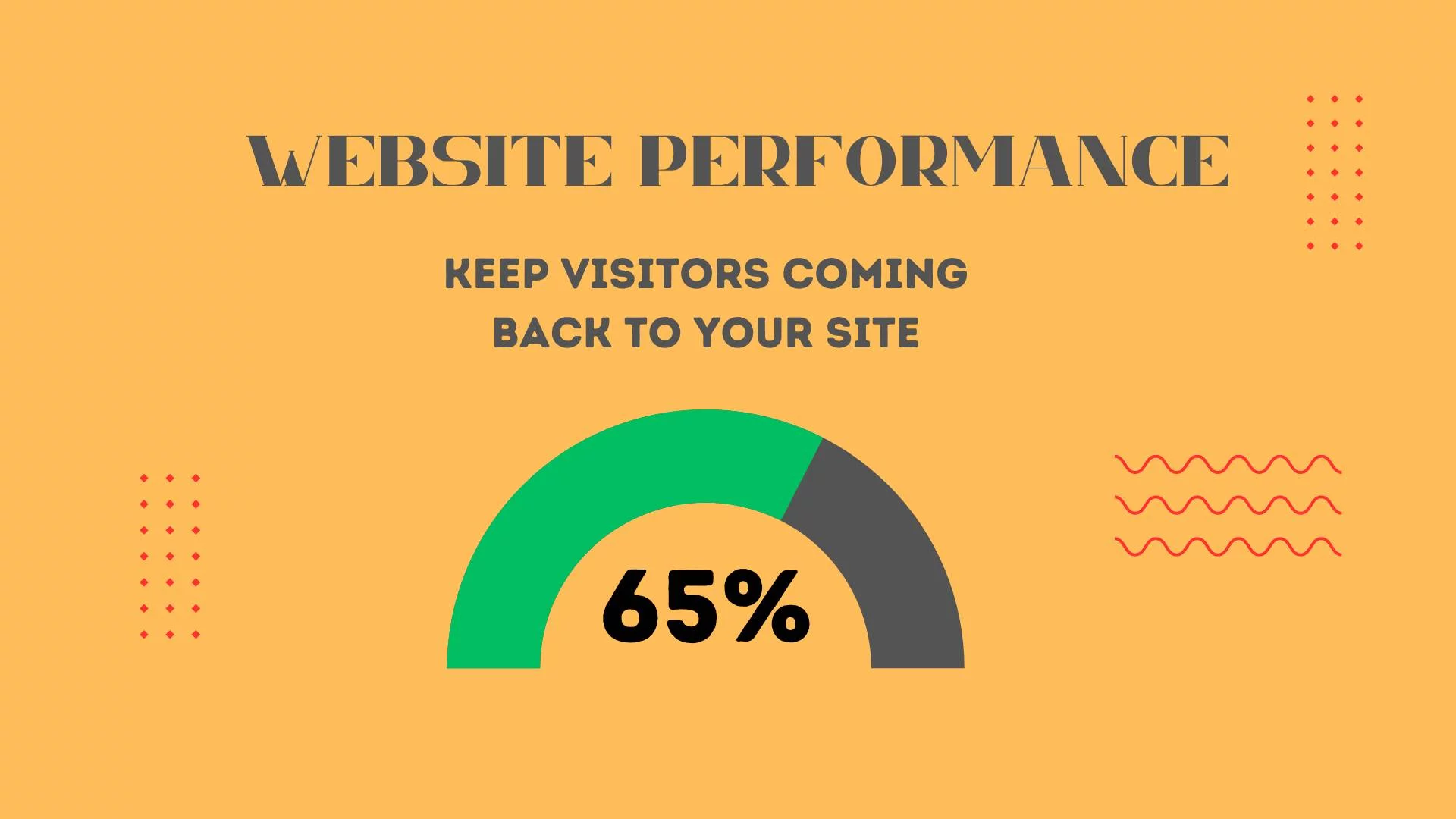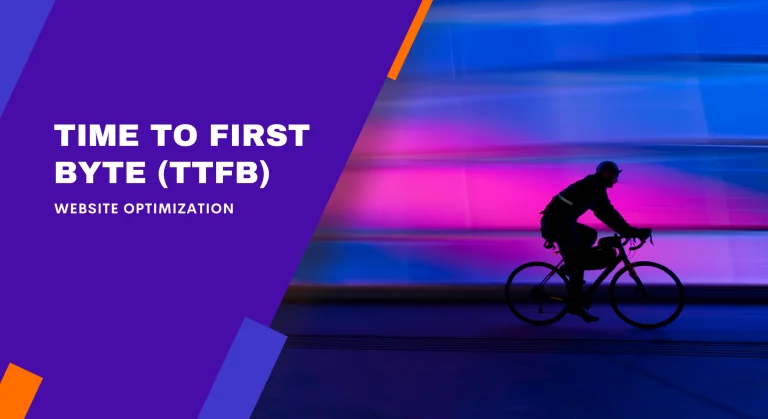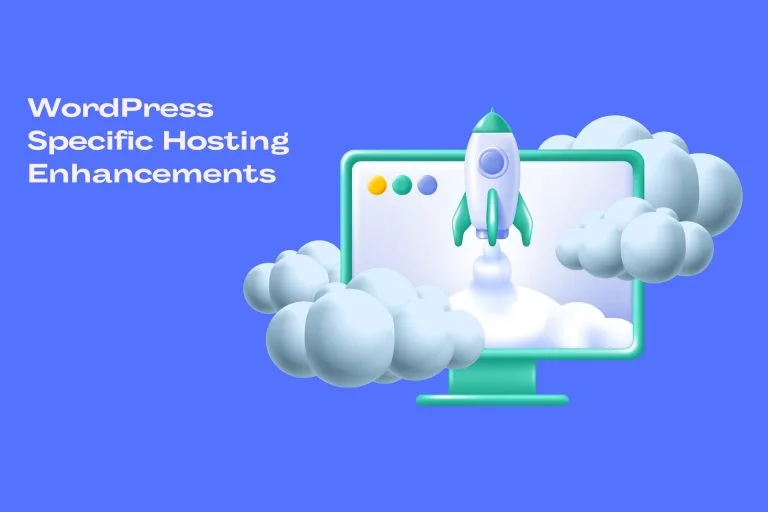Being able to keep up with and stay ahead of the competition can be challenging, especially when it comes to delivering a stellar user experience on your website. Many people underestimate the importance of website speed optimization and its effect on customer satisfaction. In this blog post, we will examine how to test and improve your website performance for better user experiences. We will discuss some important aspects such as website optimization, landing page efficiency, and techniques for improving the largest contentful paint (LCP). With these strategies, you can look forward to enhancing your site’s performance and ensuring that users have an enjoyable browsing experience.
Optimizing Your Website Speed: How to Test
Website optimization is one of the most important steps in ensuring your website runs as efficiently and quickly as possible. By optimizing your website, you can improve page load times, decrease server response times, and reduce overall loading time for your visitors. Using tools such as Google Page Speed Insights or webpagetest.org to test the performance of your website, you can identify areas that need improvement and address them by implementing effective strategies such as image compression and caching. Additionally, employing best practices like reducing HTTP requests, improving browser-side caching, and optimizing delivery through a Content Delivery Network (CDN) can further improve performance. Implementing web optimization techniques not only ensures a better user experience but also boosts search engine rankings within organic search results.
Landing Page
Creating a fast and efficient website is essential for businesses to succeed in the digital landscape. But how do you optimize your website’s speed? In this blog post, we look at how to test and improve your website’s performance with tips for improving website speed. Read on to learn about tools for testing and optimizing your website so your visitors will have an enjoyable experience on it.
Largest Contentful Paint (LCP)
Largest Contentful Paint (LCP) is an important metric when it comes to optimizing website speed. It measures the time taken by the browser to render the largest content element on a page. If the LCP is too slow, then it means that your web pages aren’t loading quickly enough and need to be optimized. Therefore, monitoring and improving this metric should be one of your main priorities when testing and improving website performance.
Conclusion
In conclusion, website speed optimization is an essential factor for keeping customers engaged on your site. Testing and improving performance can help you identify areas that need attention and make sure your website is running as quickly as possible. With the proper tools, techniques, and patience, you can improve your website’s performance and keep visitors coming back to your site with advanced performance optimization techniques.






